Jodhpur, the second largest city in Rajasthan is popularly known as the Blue City. The name is clearly befitting as most of the architecture – forts, palaces, temples, havelis and even houses are built in vivid shades of blue. The strapping forts that tower this magnificent city sum up to a spectacle you would not want to miss. The mammoth, imposing fortress of Mehrangarh has a landscape dominating a rocky ridge with the eight gates leading out of the fortress. The new city is located outside the structure. Jodhpur is also known for the rare breed of horses known as Marwari or Malani, which are only found here.
Jodhpur marks its origin back to the year of 1459 AD. The history of this prosperous city revolves around the Rathore clan. Rao Jodha, the chief of Rathore Clan is credited with the origin of Jodhpur in India. The city is known to be built in place of the ancient capital, Mandore of the state of Manwar. Hence, the people of Jodhpur and surrounding areas are commonly known as Marwaris. Also, it is believed that the relics of Mandore can still be witnessed in the Mandore Gardens.
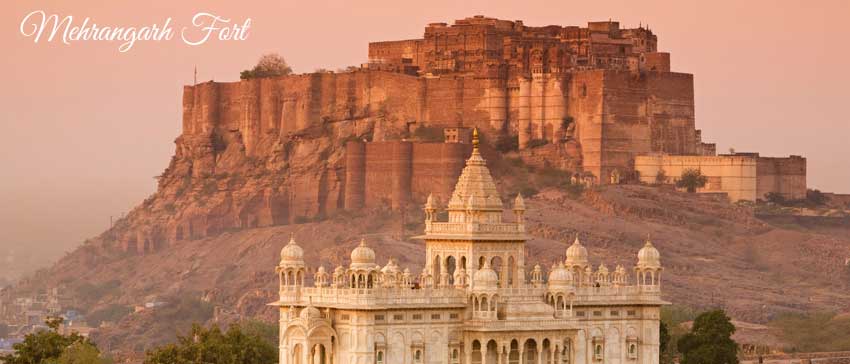
Rising perpendicular and impregnable from a hill which is 125 metres above Jodhpur’s skyline is the Mehrangarh Fort. This historic fort is one of the most famous in India and is packed with history and legends. Mehrangarh Fort still bears the imprints of cannonball attacks courtesy the armies of Jaipur on its second gate.
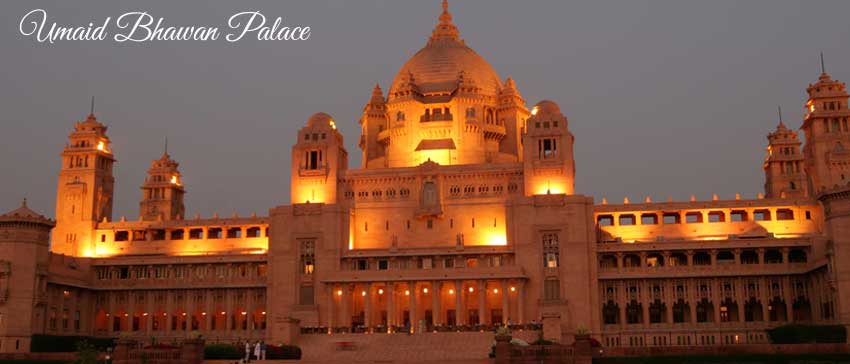
Umaid Bhawan Palace was built by Maharaja Umaid Singh in 1929 to counter a famine which had hit the state at the time. It was also known as the Chittar Palace while being constructed thanks to the use of stones drawn from the Chittar hill. The palace was designed by HV Lanchester, a renowned British architect, and was completed in 16 years. Built with sandstone and marble, the architecture of the palace is described as a blend of lndo-Saracenic, Classical Revival and Western Art Deco styles. It is recognised as one of the largest private homes in the world and also one of the more spectacular buildings. It is the only palace built in the 20th century.
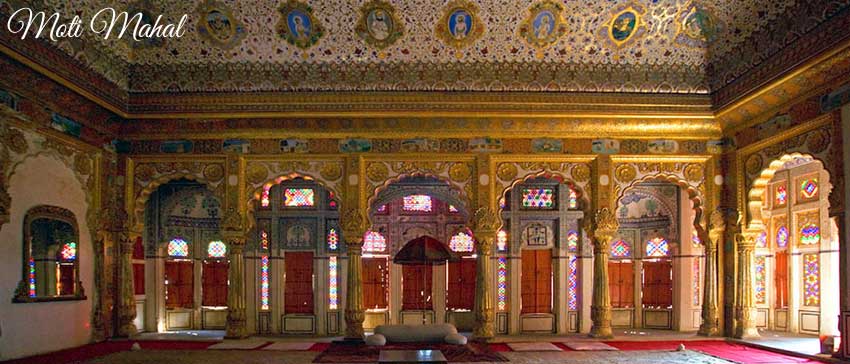
Moti Mahal, as the name suggests, is the Pearl Hall where the royal families held their audience. The hall is known to have glass windows and five nooks that enabled the queens to listen to the proceedings taking place in the Sringar Chowki, The Royal Throne of Jodhpur.
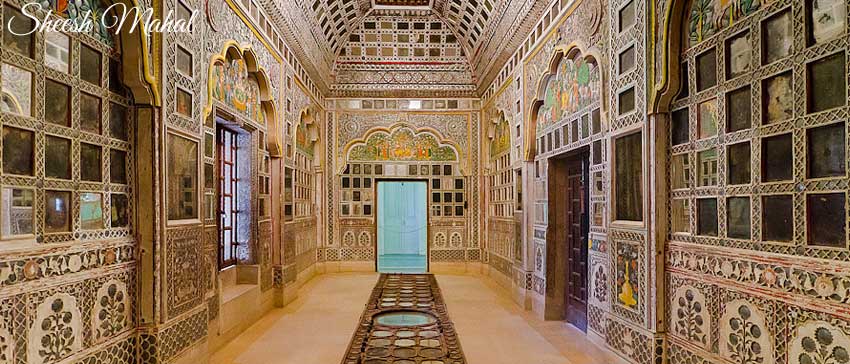
Situated within the compound of Mehrangarh Fort is the glass palace of Jodhpur, popularly known as Sheesh Mahal. This magnificent piece of architecture is adorned with walls of mirror work that stretch across ceilings and to the floors. It is superimposed by the mirror work of brightly painted religious figures cast in plaster.
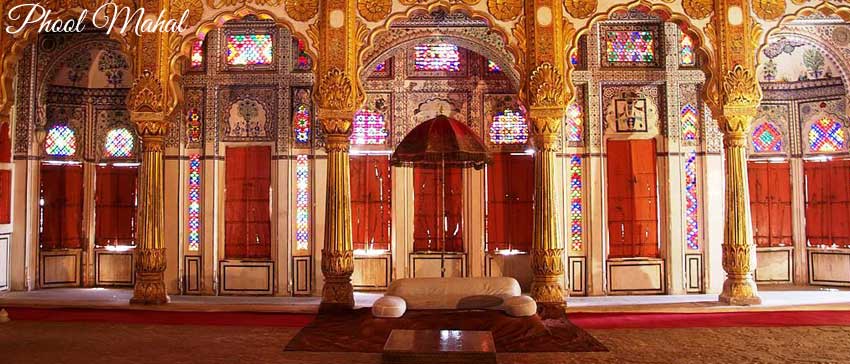
Going by the name, the Phool Mahal or Flower Hall is the most exorbitant of all the halls in the palace. This beautiful chamber is said to be the pleasure dome for the Maharajas. The gold used for constructing the Mahal came from Ahmedabad, Gujarat.
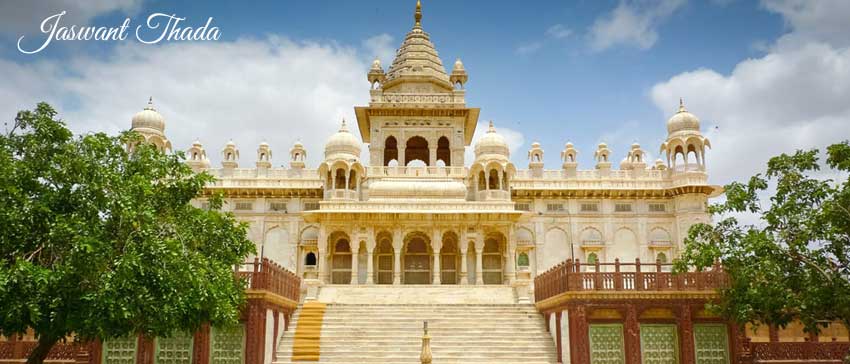
This milky white memorial built towards the end of the 19th century as a tribute to the leader Jaswant Singh is a huge tourist attraction. Jaswant Singh, who ruled Jodhpur, invested well in his state. He made attempts to bring down the level of crime, subdue dacoits, built railways and broadly worked on raising the economy of Marwar.
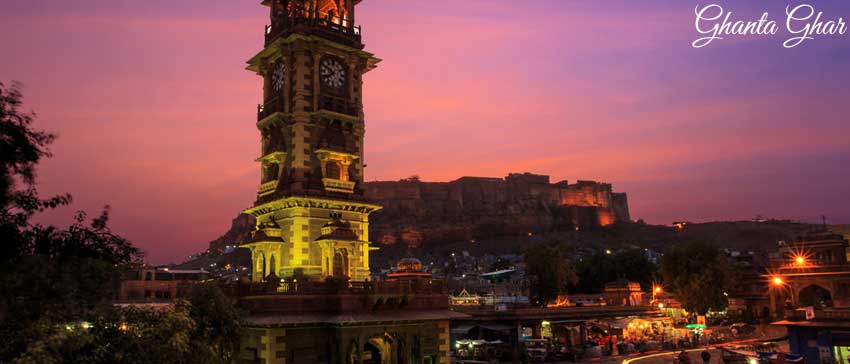
Ghanta Ghar, also known as the clock tower of Rajasthan, is situated in one of the busiest areas of Jodhpur, the Sadar Bazaar. It was constructed by Shri Sardar Singh Ji of Jodhpur. The Sadar Market is quite popular among tourists, who throng the streets to purchase Rajasthani textiles, clay figurines, miniature camels and elephants, marble inlay work and classic silver jewellery.
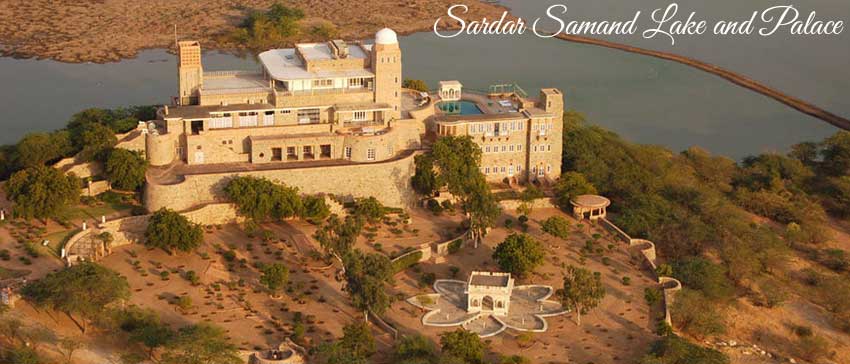
Built on the banks of the Sardar Samand Lake by Maharaja Umaid Singh in 1933, the Sardar Samand Lake Palace is a spectacular hunting lodge. It remains the royal family’s favourite retreat and houses a vast collection of African trophies and original watercolour paintings. The lake attracts several migratory and local birds such as the yellow-legged green pigeon, Himalayan griffon and Dalmatian pelican, making it a bird watcher’s paradise.
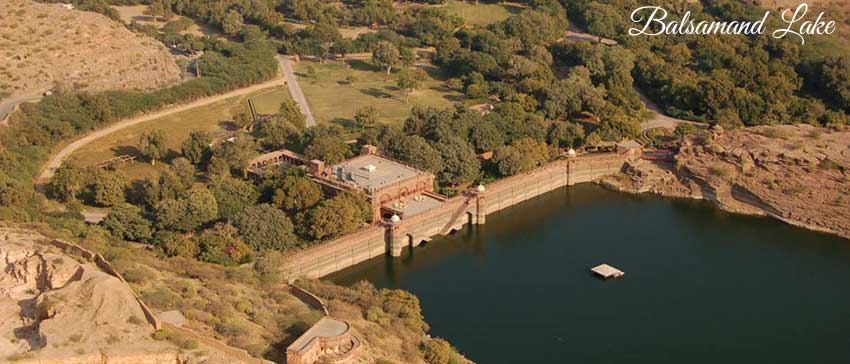
Balsamand Lake is about 5 kilometres from Jodhpur on the Jodhpur-Mandore Road. Built in 1159 AD, it was planned as a water reservoir to cater to Mandore. The Balsamand Lake Palace was built on its shore later as a summer palace. It is surrounded by lush green gardens that house groves of trees such as mango, papaya, pomegranate, guava and plum. Animals and birds like the jackal and peacock also call this place home. This lake is now a popular picnic spot with tourists and locals.
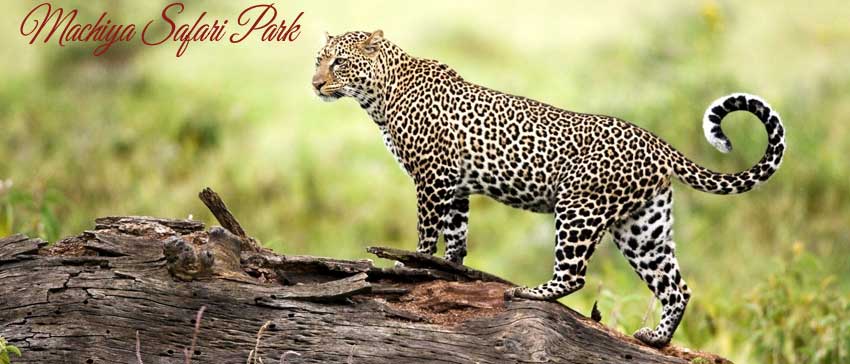
This park is situated on the way to Jaisalmer, about 1 kilometre from Kailana Lake. It offers a bird watching point for visitors and is also home to several animals such as deer, desert foxes, monitor lizards, blue bulls, hare, wild cats, mongoose, monkeys, etc. The park also offers spectacular views of sunset and should not be missed.
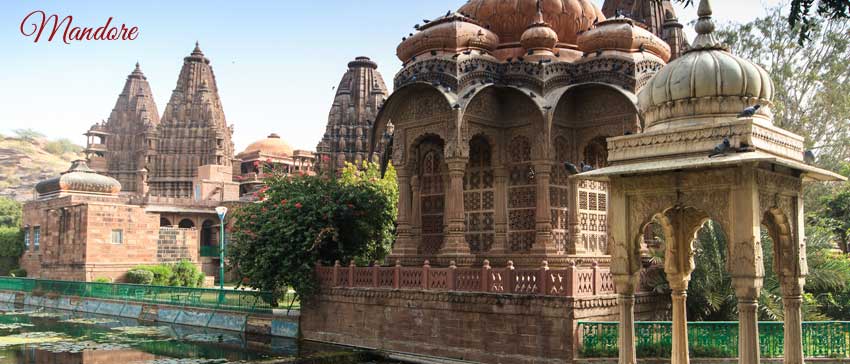
Towards the north of Jodhpur is the ancient capital of Marwar, Mandore. This area is of major historical importance and you will find the dewals or cenotaphs of Jodhpur’s former rulers. Unlike the original chhatri-shaped cenotaphs that are typical patterns of Rajasthan architecture, these are built along the lines of Hindu temples.
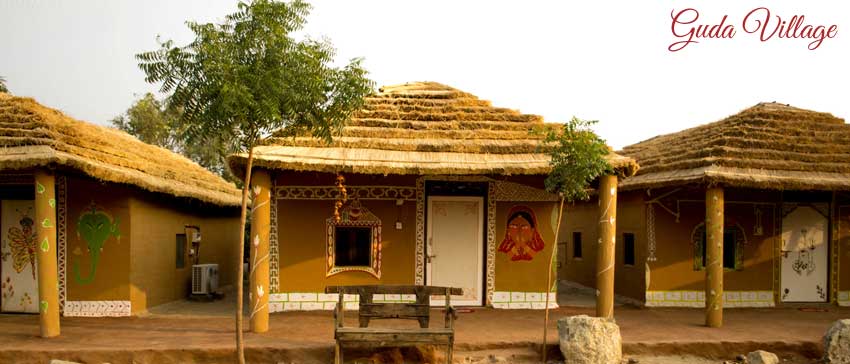
Guda, a Bishnoi village, is home to a vivid range of exotic wildlife and nature. It is a habitat for thousands of migratory birds in the area. One can often catch the Demoiselle crane frolicking at the lake. Antelopes and black bucks can also be spotted by the pond. This place is a must-visit for nature lovers.
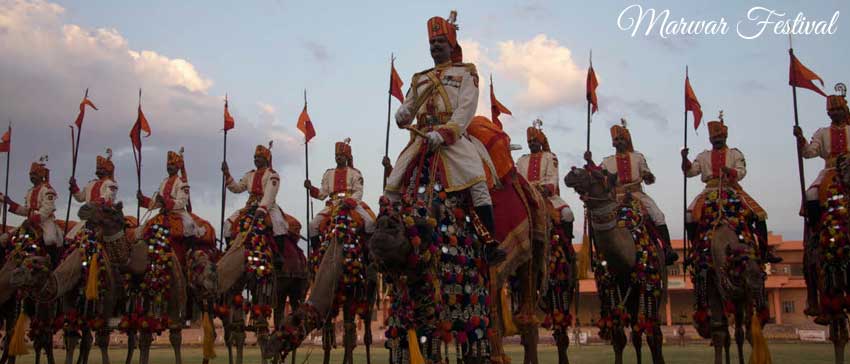
The Kite Festival is a bright celebration unique to Rajasthan with main celebrations held in Jaipur. If you enjoy kite flying, you should visit jaipur on 14th January.
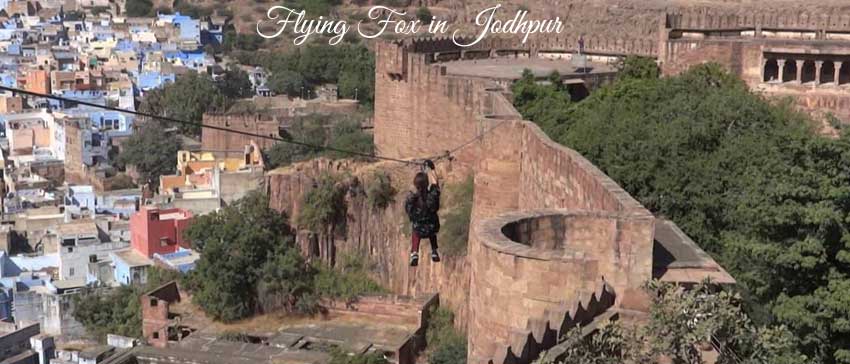
This is a great opportunity to fly across the grandeur of forts and catch a glimpse of the vivid landscapes in Jodhpur, Rajasthan. The zip line tour, also called the Flying Fox, presents to you a sensational new perspective on the magnificent Mehrangarh Fort. Fly high over the outer battlements of Rajasthan’s most majestic fortress, glide serenely over two desert lakes, trek through the Rao Jodha eco-park and enjoy the best view of Mehrangarh and the Blue City of Jodhpur from the sky.
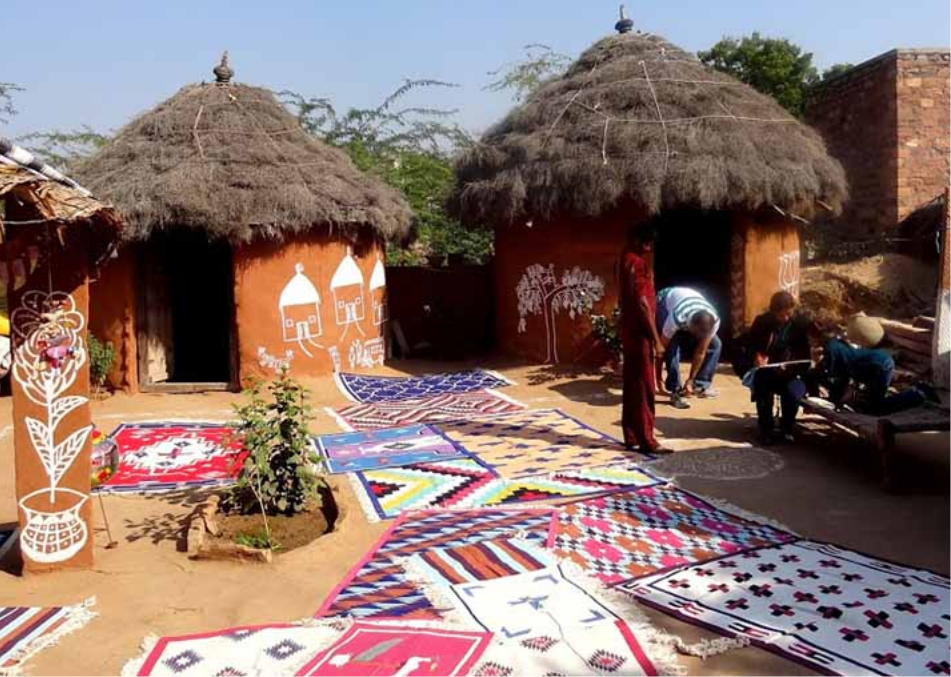
No trip to Jodhpur is complete without a visit to the Bishnoi Village Safari. The best (and only) way to get a glimpse into the rich cultural life of the state of Marwa, this safari is the brainchild of the Rajas and Maharajas of Jodhpur. One can catch the natural beauty of the state here. The Bishnoi villagers are worshippers of nature and believe in the sanctity of all living things. One can also spot numerous migratory birds around Guda Bishnoi Lake. This water body is also a watering hole for animals from nearby areas. Bishnoi village is the perfect place to experience the traditions and customs of tribal life. It is a place caught in a delightful time warp, where life still goes on the way it did in the days of yore.
info@rajasthantourismbureau.com
+91-9928026027 / +91-141-6783026